Imagine setting up the perfect gaming rig or upgrading your PC. Terms like RGB and ARGB flashing across product descriptions can feel overwhelming.
For many of us lighting choices are about creating an atmosphere.
They add a pop of color to our builds. Understanding these terms can make a world of difference.
By diving into the details you’ll uncover how RGB and ARGB lighting vary. They differ in functionality, customization, and compatibility.
This helps you make a choice that matches your style and setup.

In this guide we’ll break down the differences between RGB and ARGB lighting. We’ll demystify the tech so you can confidently enhance your PC aesthetics.
By the end you’ll know which lighting option suits your needs. Whether it’s a vibrant animated display or a simple elegant glow you’ll be ready to decide.
What is RGB Lighting?
RGB technology controls the color output by varying the intensity of its three primary LEDs: red, green, and blue.
Each LED in the strip or fan emits the same color, and lighting effects are limited to solid colors or pre-defined patterns like strobe or fade.
RGB lighting connects to motherboards via a 12V 4-pin header, requiring more power.
What is ARGB Lighting?
ARGB builds on RGB by introducing individual LED addressability, allowing each LED in the strip or fan to display a unique color.
This enables advanced lighting effects such as rainbows, animations, and text patterns. ARGB components include a built-in IC (Integrated Circuit) for programming these effects.
ARGB devices connect through a 5V 3-pin header, which is more energy-efficient but less physically compatible with RGB headers.

RGB vs ARGB: Key Differences
Aspect | RGB Lighting | ARGB Lighting |
Full Form | Red, Green, Blue | Addressable Red, Green, Blue |
Control | All LEDs show the same color at once | Each LED can be controlled individually |
Lighting Effects | Basic effects like static, fading, or cycling | Advanced dynamic effects like running lights, rainbow, and animations |
Customization | Limited to one color per LED strip or fan | Full color control for each individual LED |
Voltage and Connectors | 12V, 4-pin header | 5V, 3-pin header |
Complexity | Simple, less complex setup | More complex, requires software and controllers |
Compatibility | Widely compatible with older systems | Requires newer motherboards or controllers for full functionality |
Price | Less expensive | More expensive due to advanced features |
Best For | Budget systems, simple lighting needs | High-end builds, gaming rigs, advanced customization |
Software Integration | Limited (mostly controlled via motherboard) | Full integration with software for detailed customization |
Full Form
- RGB Lighting: Stands for Red, Green, Blue, the three primary colors used to create different lighting effects.
- ARGB Lighting: Stands for Addressable Red, Green, Blue, allowing for individual control of each LED in the strip or fan.
Control
- RGB Lighting: All LEDs on a strip or fan show the same color at once, offering simple color transitions.
- ARGB Lighting: Each LED can be controlled individually, enabling dynamic, customizable lighting effects like running lights or rainbow patterns.
Lighting Effects
- RGB Lighting: Offers basic effects such as static lighting, fading, and cycling.
- ARGB Lighting: Supports advanced dynamic effects, including running lights, rainbow transitions, and animations, offering more intricate visual displays.
Customization
- RGB Lighting: Limited to displaying one color per LED strip or fan.
- ARGB Lighting: Provides full color control for each individual LED, enabling more elaborate and personalized lighting designs.
Voltage and Connectors
- RGB Lighting: Requires a 12V, 4-pin header for connection to motherboards or controllers.
- ARGB Lighting: Uses a 5V, 3-pin header, offering better energy efficiency but less compatibility with older systems.
Complexity
- RGB Lighting: Simple to set up with fewer components, making it a great choice for users looking for ease of use.
- ARGB Lighting: More complex to set up, typically requiring software and controllers to manage the individual LEDs and lighting effects.
Compatibility
- RGB Lighting: More compatible with older systems and widely supported across various hardware setups.
- ARGB Lighting: Requires newer motherboards or controllers to fully function, limiting compatibility with older hardware.
Price
- RGB Lighting: Generally more affordable, making it an economical choice for budget builds and simple lighting setups.
- ARGB Lighting: More expensive due to its advanced features, including individual LED control and dynamic lighting effects.
Best For
- RGB Lighting: Ideal for budget systems and users who need basic lighting without complex customization.
- ARGB Lighting: Best suited for high-end builds, gaming rigs, and enthusiasts seeking advanced customization and dynamic lighting effects.
Software Integration
- RGB Lighting: Limited integration, usually controlled via the motherboard or basic software.
- ARGB Lighting: Fully integrates with advanced software for detailed customization, offering more control over lighting setups.
What are the Benefits of ARGB Lighting?
ARGB lighting offers several advantages over RGB, with the most significant being its flexibility and customizability.
With ARGB, you can create highly intricate lighting setups that change colors and patterns dynamically.
This makes ARGB perfect for those who want to express creativity in their PC build.

Additionally, ARGB components (such as fans and LED strips) come equipped with a microcontroller that allows for individual control of each LED, giving users a level of control that RGB lighting cannot match.
ARGB is also compatible with software like iCUE, enabling easy synchronization with other ARGB components in your system.
How to Connect ARGB and RGB Components?
Connecting ARGB and RGB components requires different connectors.
RGB typically uses a 12V 4-pin header, while ARGB uses a 5V 3-pin header.
It’s important to ensure you are connecting the components to the correct header on your motherboard or controller to avoid damage.

If you’re using ARGB components with a motherboard that doesn’t have an ARGB header, you’ll need to use a controller to bridge the gap. Many manufacturers offer controllers that allow you to connect ARGB devices to standard USB headers on your motherboard, enabling control over the lighting.
Can I plug an ARGB device into an RGB header?
No, you can’t plug an ARGB device into an RGB header due to different connectors. Attempting this could damage your ARGB device.
If your motherboard lacks ARGB headers, use an ARGB controller like the CORSAIR iCUE COMMANDER CORE XT.
This controller allows you to connect ARGB devices via USB, giving you full control over lighting and fan speeds.
Can You Mix ARGB and RGB Components?
While it may be tempting to mix ARGB and RGB components for a unique look, synchronization issues can arise.
Because the two use different connectors and technologies, mixing the two types can result in disjointed lighting effects that don’t match well. To ensure consistency and smooth lighting transitions, it’s best to stick to one type of lighting throughout your system.
If you do decide to mix ARGB and RGB, using an external controller that supports both can help manage synchronization.
ARGB Lighting Effects: What You Can Achieve?
One of the biggest advantages of ARGB lighting is the range of dynamic effects it can produce. ARGB allows users to create patterns like rainbows, spiral effects, color waves, and more.

These effects can be programmed and adjusted using software, giving you the flexibility to design your dream lighting setup.
Popular effects include:
- Running Lights: LEDs light up in sequence, mimicking running water or a moving pattern.
- Pulse and Fade: Colors gradually pulse or fade in and out.
- Static Multicolor: Multiple LEDs display different colors at the same time.
Common Use Cases for ARGB and RGB
ARGB is ideal for advanced gaming builds, modding enthusiasts, and those who want to showcase their PC in full RGB glory.
With ARGB, you can sync multiple components like fans, RAM, and CPU coolers, ensuring that all lighting effects are unified.

RGB, on the other hand, is great for users who want simple lighting setups that still offer a variety of color options.
It’s commonly used in budget PCs or systems that don’t require advanced effects.
Which Lighting Should You Choose: ARGB or RGB?
Ultimately, the choice between ARGB and RGB comes down to your specific needs.
If you want the most customizable and visually striking lighting, ARGB is the clear winner.
It’s perfect for those who want their lighting to be part of their PC’s overall design and function.
However, if you’re on a budget or need simple color-changing effects, RGB is still a solid choice.
It’s affordable, widely available, and offers enough variety for most users.
Are there any other types of lighting?
Yes, there are other types of lighting beyond RGB and ARGB, including:
- RGBW (Red, Green, Blue, White) for more accurate white light.
- RGBUV which includes Ultra-Violet light that reacts with materials like cable braiding and UV coolant.
Additionally, double or triple density LED strips offer smoother lighting effects but can overwhelm your setup if you exceed 120 LEDs per device or strip.
Conclusion
In conclusion, both ARGB and RGB lighting have their unique advantages depending on your needs and budget.
ARGB is ideal for users who want advanced, customizable lighting effects with full control over each LED, perfect for high-end gaming builds and PC enthusiasts.
On the other hand, RGB offers a simpler, more affordable option for those who are content with basic color changes and don’t require complex effects.

When making your choice, consider factors such as your budget, the level of customization you want, and the compatibility with your existing setup.
No matter which option you choose, both ARGB and RGB lighting can significantly enhance the aesthetics of your PC build.
Share your lighting needs or experiences in the comments—we’d love to help you find the perfect solution!
FAQs:
Q. Is ARGB better than RGB?
Yes, ARGB is more versatile and offers better control over individual LEDs, but it’s usually more expensive than RGB. ARGB can replicate everything RGB does, plus more advanced effects.
Q. Can I plug RGB into ARGB?
No, RGB and ARGB are incompatible and cannot be plugged into each other.
Q. Is ARGB always 3 pin?
No, ARGB typically uses a 3-pin header, while RGB uses a 4-pin header.


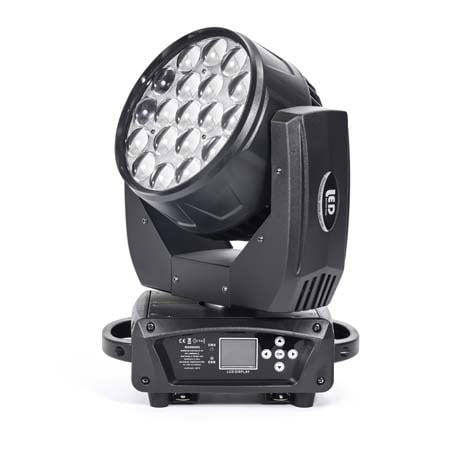






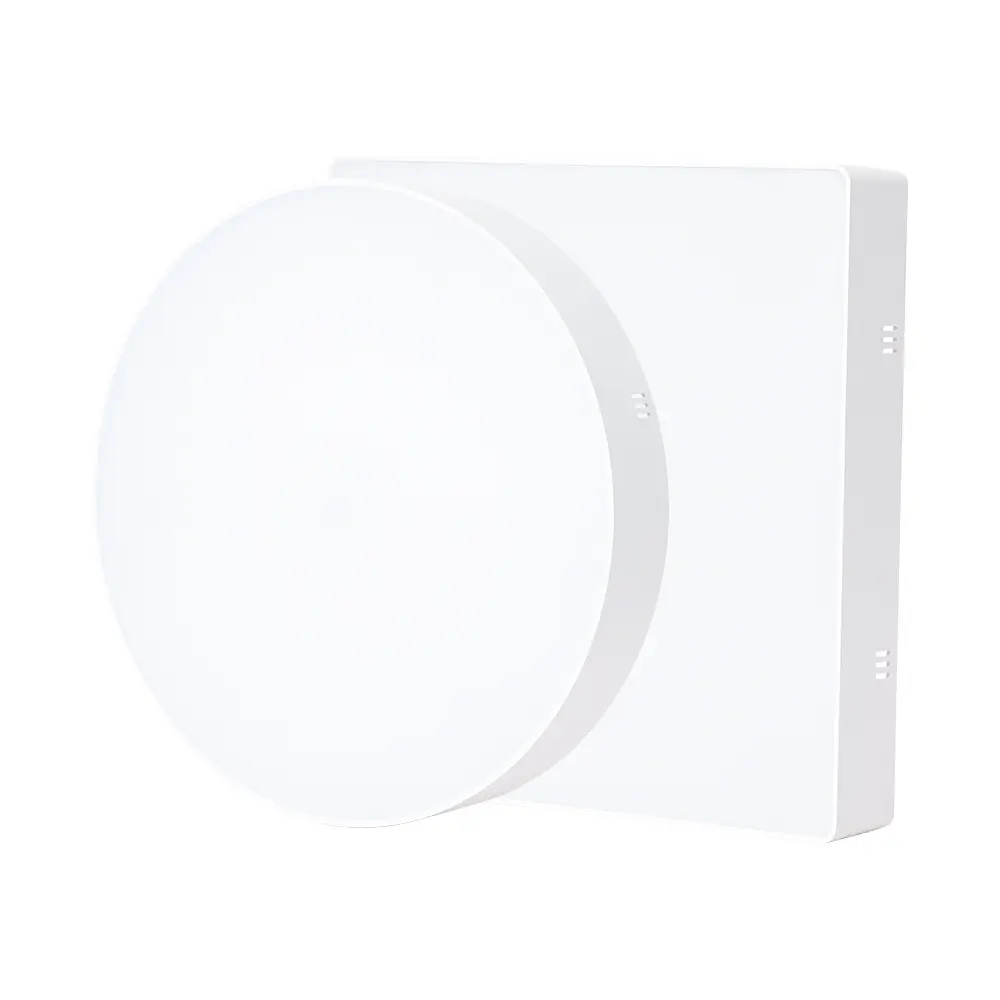

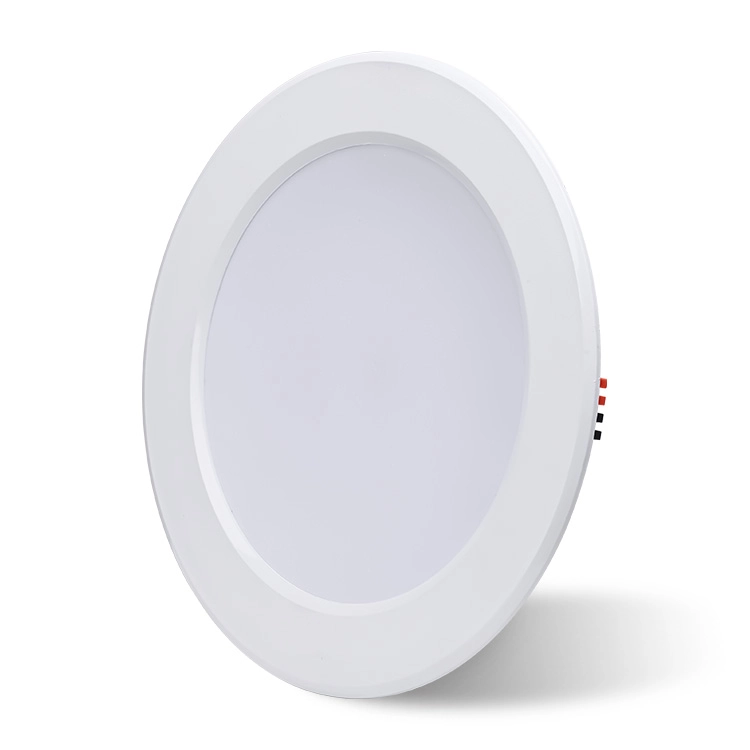


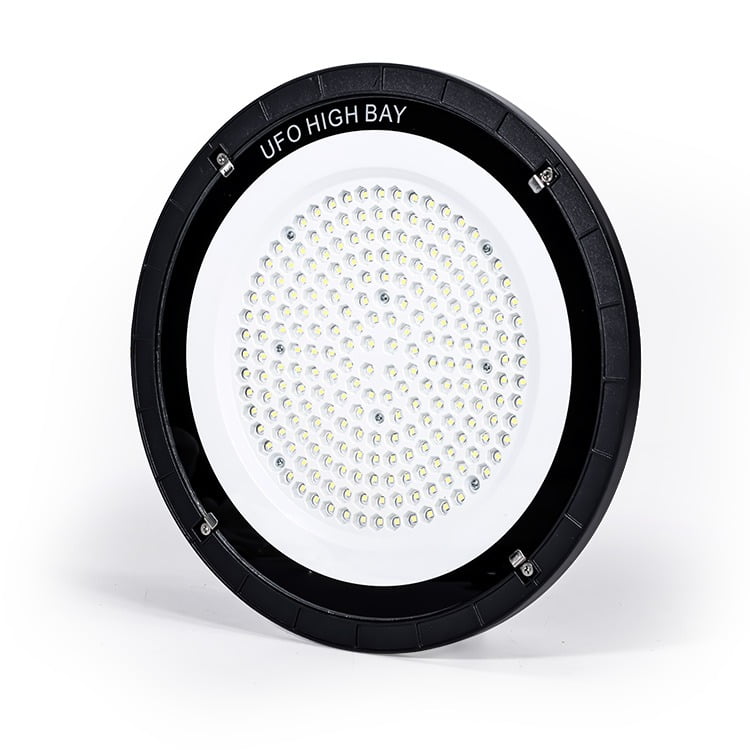
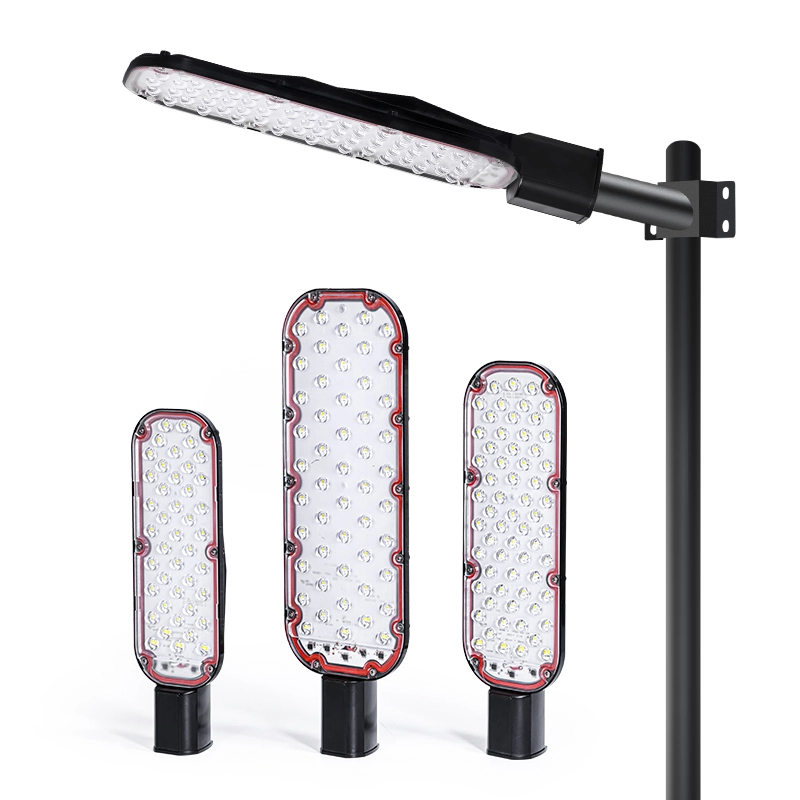

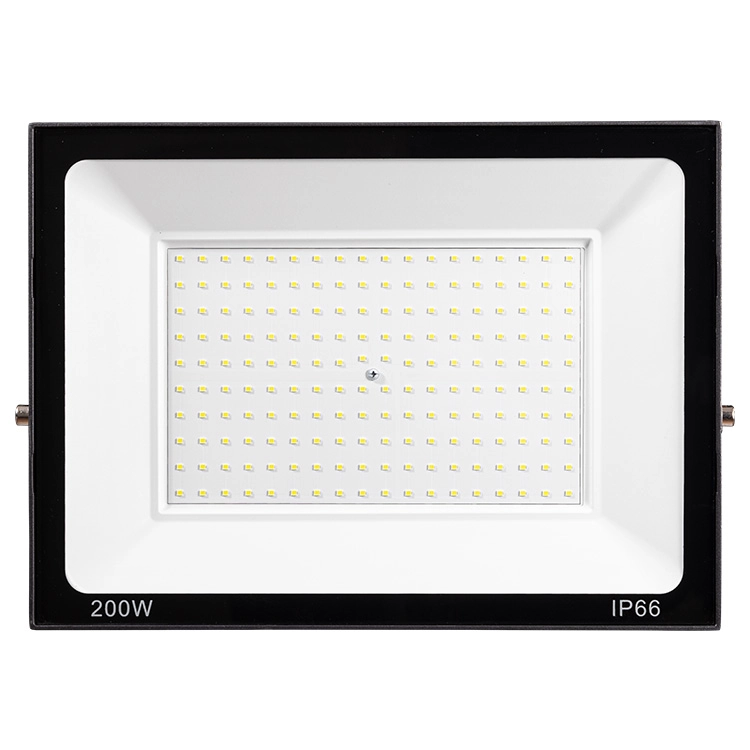
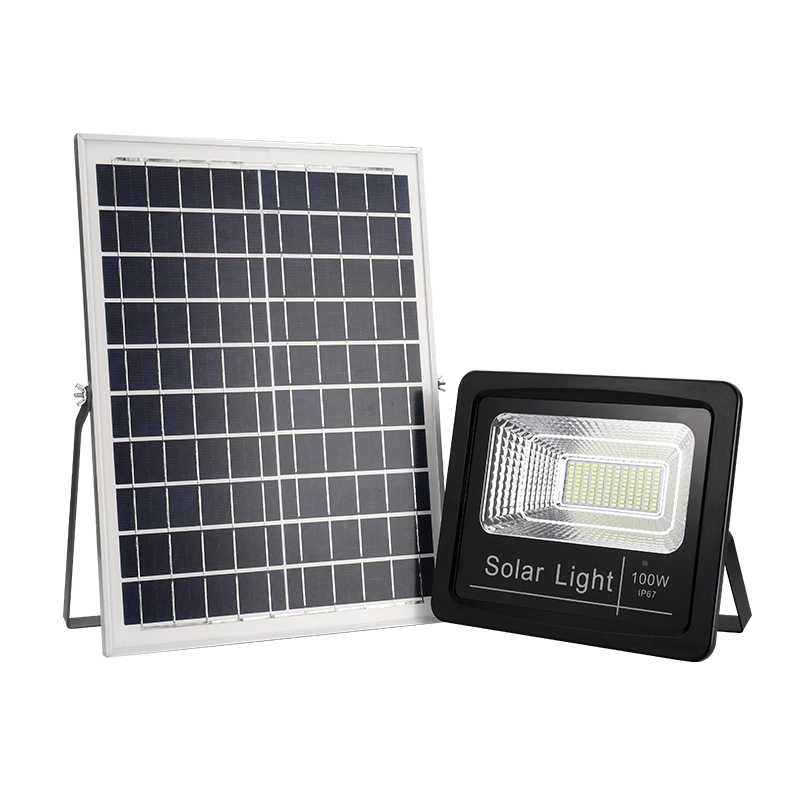
![led design ideas - 17 LED Design Ideas to Transform Your Home [February 2025] - Vorlane led design ideas - 17 LED Design Ideas to Transform Your Home [February 2025] - Vorlane](https://vorlane.com/wp-content/uploads/2025/01/led-design-ideas.webp)
![outdoor lighting ideas - 20 Brilliant Outdoor Lighting Ideas: Transform Yard [2025] - Vorlane outdoor lighting ideas - 20 Brilliant Outdoor Lighting Ideas: Transform Yard [2025] - Vorlane](https://vorlane.com/wp-content/uploads/2025/02/outdoor-lighting-ideas.jpg)
![disadvantages of led lights - Disadvantages of LED Lighting: Reveal Cost, Real Risk [2025] - Vorlane disadvantages of led lights - Disadvantages of LED Lighting: Reveal Cost, Real Risk [2025] - Vorlane](https://vorlane.com/wp-content/uploads/2025/01/disadvantages-of-led-lights.webp)
![Best LED Lights for Home - Best LED Lights for Home: Top Choices [2025] - Vorlane Best LED Lights for Home - Best LED Lights for Home: Top Choices [2025] - Vorlane](https://vorlane.com/wp-content/uploads/2025/01/Best-LED-Lights-for-Home.webp)
![beam angle calculator - Beam Angle Calculator – Simplify Lighting Calculations [2025] - Vorlane beam angle calculator - Beam Angle Calculator – Simplify Lighting Calculations [2025] - Vorlane](https://vorlane.com/wp-content/uploads/2025/01/beam-angle-calculator.webp)
![COB Light vs Panel Light - COB Light vs Panel Light: Understanding the Differences [2025 ] - Vorlane COB Light vs Panel Light - COB Light vs Panel Light: Understanding the Differences [2025 ] - Vorlane](https://vorlane.com/wp-content/uploads/2025/01/COB-Light-vs-Panel-Light.jpg)

![vorlane logo 2:1 for consent banner - ARGB vs RGB: Key Differences for Your PC Build Lighting [ 2025 ] - Vorlane vorlane logo 2:1 for consent banner - ARGB vs RGB: Key Differences for Your PC Build Lighting [ 2025 ] - Vorlane](https://vorlane.com/wp-content/uploads/2024/05/vorlane-logo-2_1-350x100.webp)